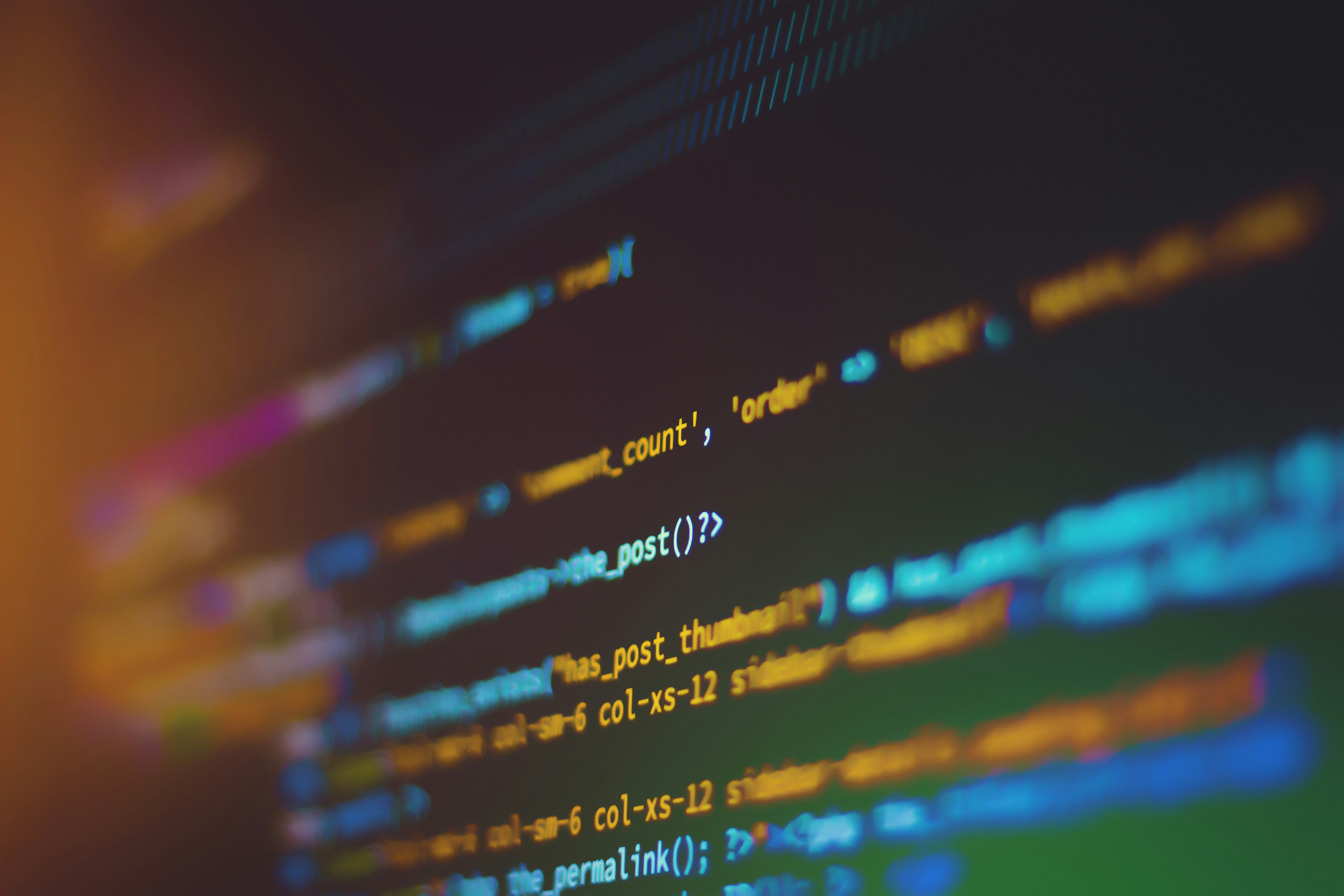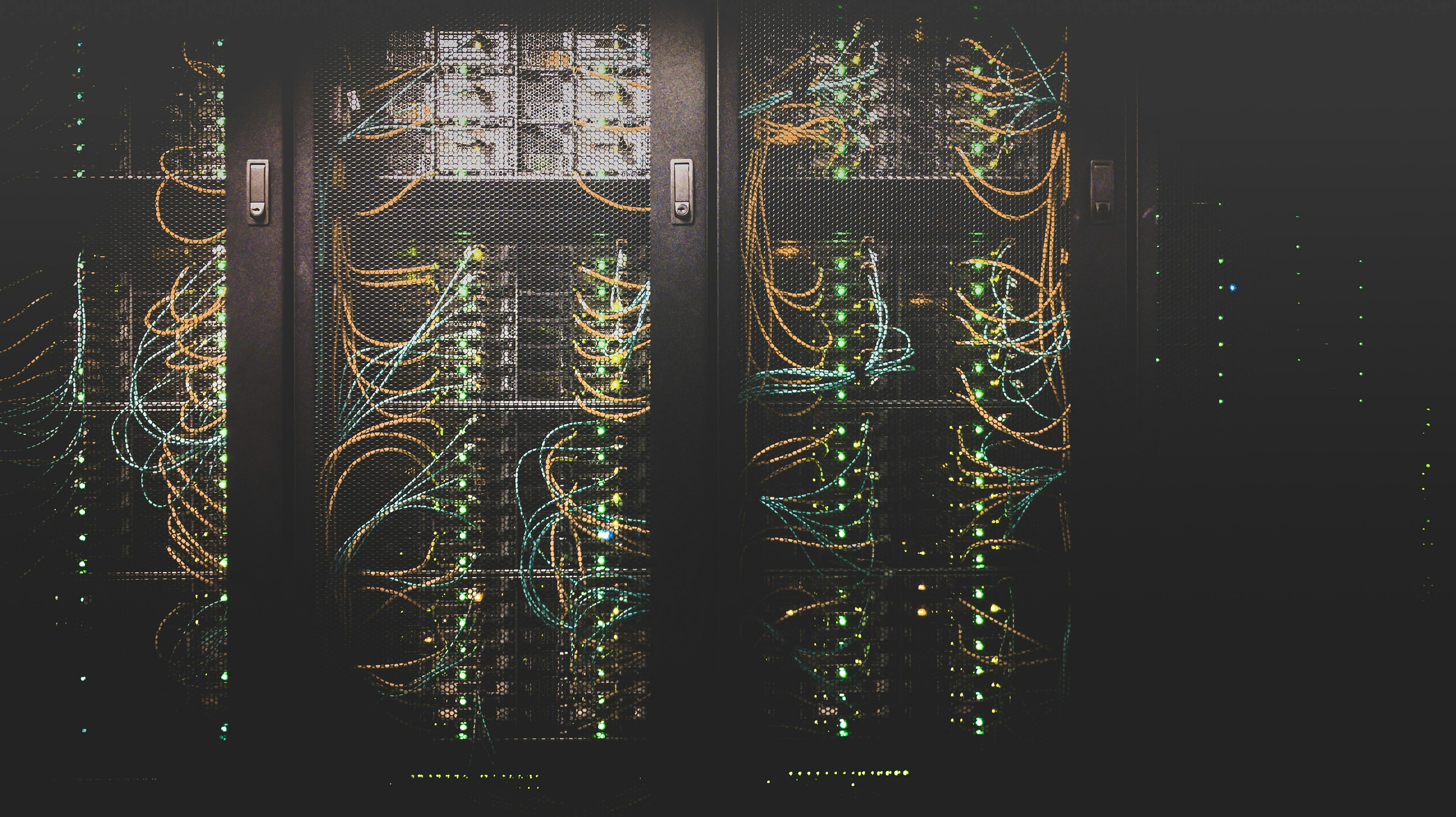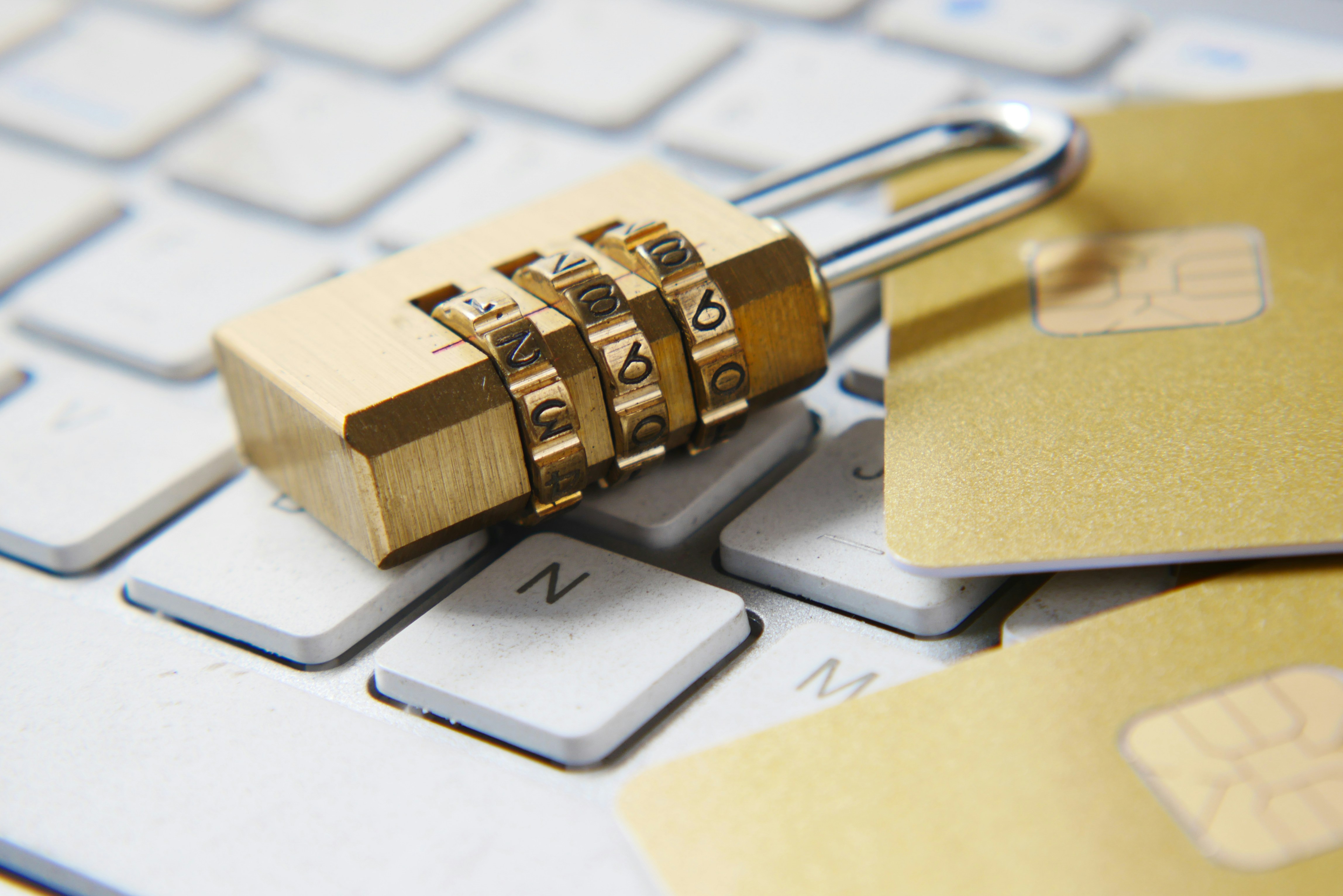SAP Security: Essential Guidelines for 2024
Author: Lisa Schmidt
SAP Security Consultant & GRC Expert with 15+ years of experience in implementing security solutions for Fortune 500 companies

Discover comprehensive strategies to protect your SAP systems with the latest security best practices. Learn about modern authorization concepts, critical security patches, and evolving compliance requirements in this detailed guide.
SAP Security: Essential Guidelines for 2024
In an era where cyber threats are becoming increasingly sophisticated, securing your SAP systems has never been more crucial. As organizations continue to digitalize their operations, SAP systems often become the backbone of critical business processes, making them attractive targets for cyber attacks. This comprehensive guide explores the latest security measures and best practices for protecting your SAP environment in 2024.

Modern security challenges require robust protection strategies
Foundation Security Measures
The foundation of a secure SAP environment begins with comprehensive system hardening. Like building a fortress, each layer of your SAP infrastructure must be reinforced against potential threats.
System Hardening
Today's SAP landscapes are complex ecosystems that require security at multiple levels. Starting with the operating system, organizations must implement robust security controls including regular patching, minimal service exposure, and strict access controls. The SAP Security Optimization Service provides valuable guidance for this crucial first step.
Database security forms another critical layer, requiring careful configuration of authentication mechanisms, encryption settings, and access controls. Network security must be implemented through properly configured firewalls, secure protocols, and network segmentation to protect SAP traffic.

Network security is crucial for protecting SAP systems
Access Control Evolution
Modern access control in SAP goes beyond simple user authentication. Organizations must implement:
Authorization Concepts
Authorization in SAP has evolved significantly, moving beyond traditional role-based access control to more sophisticated models.
Modern Role Design
The contemporary approach to role design in SAP combines flexibility with security. Rather than relying solely on traditional role assignments, organizations are now implementing:

Modern access control requires sophisticated authorization concepts
Security Patches and Updates
Maintaining current security patches is no longer optional - it's a critical business requirement.
Strategic Patch Management
Organizations must develop a comprehensive patch management strategy that balances security with business continuity. This includes:
Compliance Requirements
The regulatory landscape continues to evolve, requiring organizations to adapt their SAP security measures continuously.
Modern Compliance Approaches
Today's compliance requirements extend beyond traditional frameworks. Organizations must consider:

Compliance requirements continue to evolve with technology
Security Monitoring and Analytics
Modern security monitoring in SAP environments requires sophisticated tools and approaches.
Advanced Monitoring Capabilities
Leverage SAP Enterprise Threat Detection to implement:
Best Practices and Future Trends
As we look toward the future of SAP security, several emerging trends are shaping best practices:
Conclusion
Securing SAP systems in 2024 requires a multi-faceted approach that combines traditional security measures with emerging technologies. By following these guidelines and staying current with security updates, organizations can better protect their critical SAP infrastructure against evolving threats.
Remember that security is not a one-time implementation but a continuous journey of improvement and adaptation. Regular assessments, updates, and training remain crucial components of any successful SAP security strategy.
For more information, visit the SAP Security Portal or consult with certified SAP security experts.